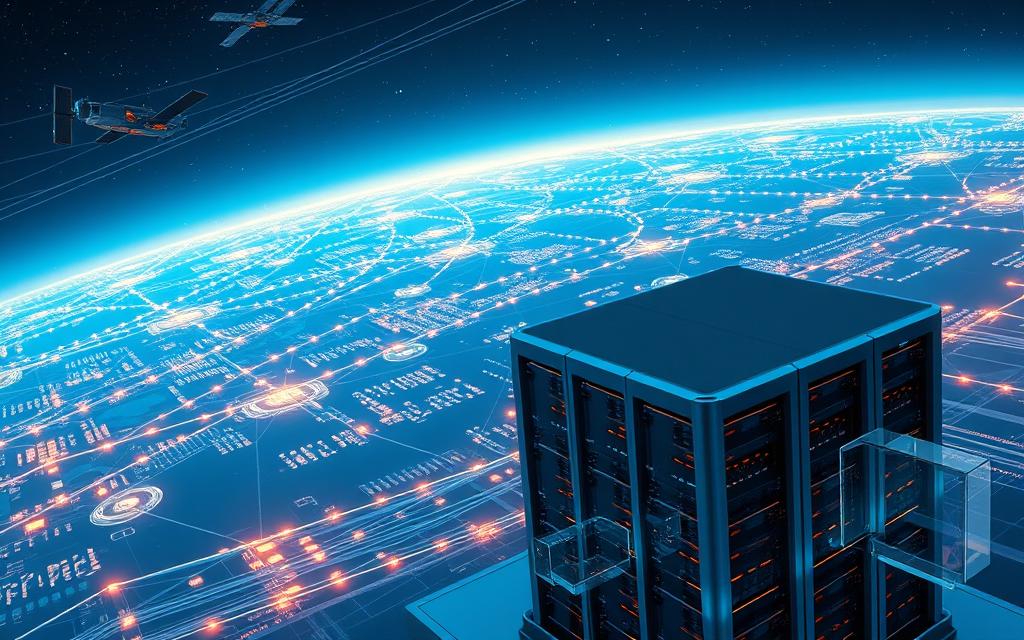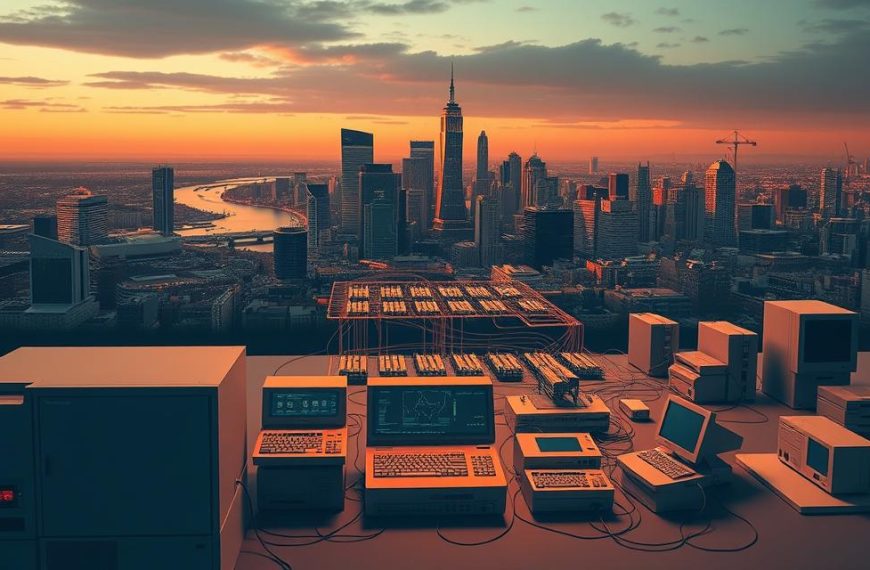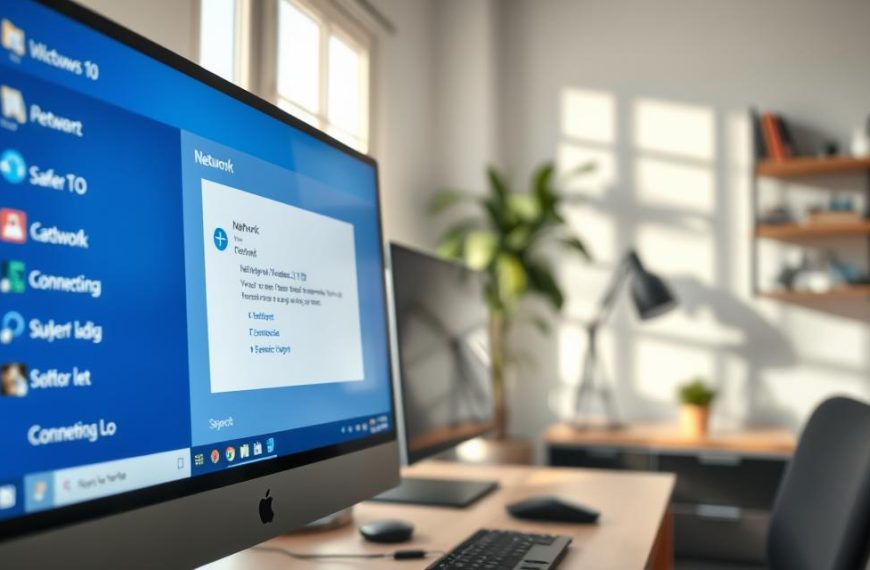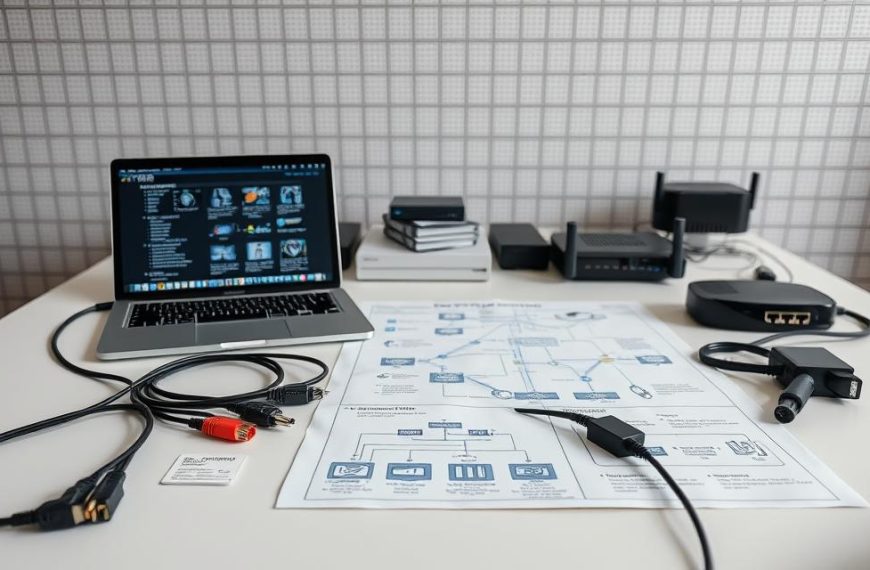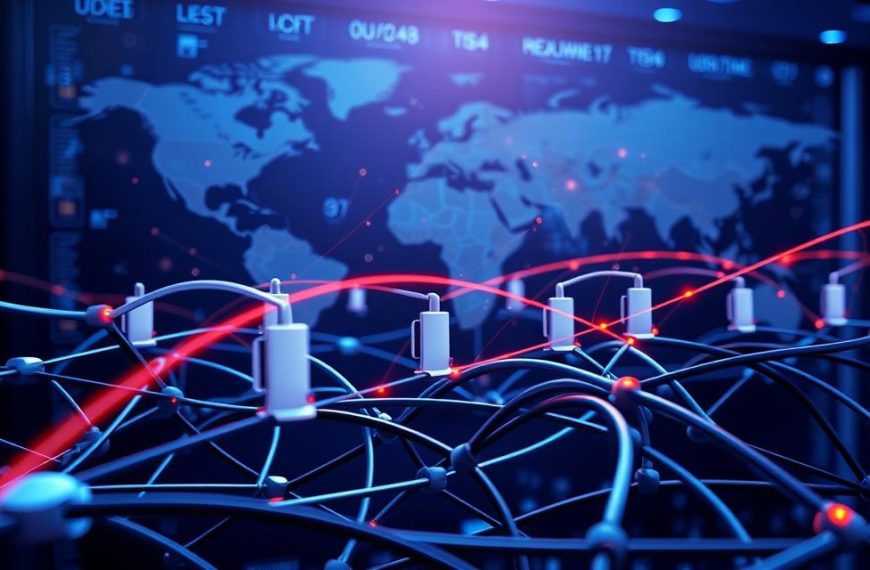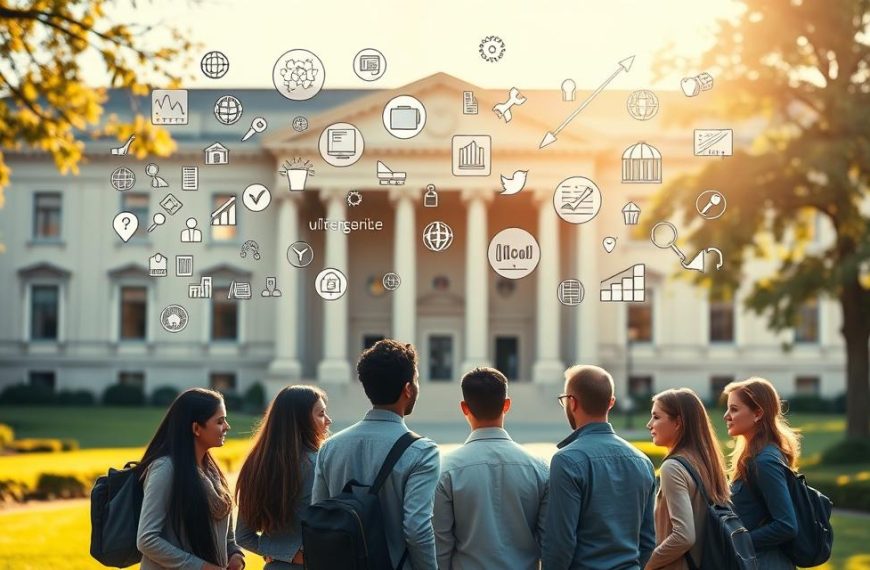The internet is a global computer network connecting billions of devices worldwide. It has transformed how we communicate and share information. This sophisticated system enables seamless data transmission across continents and cultures.
The internet is a complex infrastructure of digital communication technologies. It links private, public, academic, and governmental networks. Since the 1970s, it has grown from four computers to about 5 billion users in 20231.
The Internet Protocol Suite (TCP/IP) is key to this global connectivity. It allows different networks to communicate efficiently. This protocol creates a robust, decentralised system that crosses geographical boundaries2.
Internet use has skyrocketed, growing 100 times since 1995. It now reaches over one-third of the world’s population3. Its impact goes beyond simple communication.
The internet has revolutionised e-commerce, social networking, and digital information exchange1. It continues to shape our modern world in countless ways.
The Evolution of the Internet: From ARPANET to the Modern Era
The internet’s journey began with research into computer networking and digital communication. It started as a military and academic project. Now, it’s a global infrastructure connecting billions worldwide.
A brief history shows continuous innovation and expansion. The internet has truly transformed our world.
ARPANET laid the groundwork for modern digital communication. In 1969, the first ARPANET link connected just four computers. This network quickly expanded, showing the potential for interconnected computing systems.
Early Technological Foundations
Key technological milestones shaped the internet’s development:
- Packet switching technology enabled efficient data transmission
- The Internet Protocol Suite facilitated communication between different networks4
- Transmission Control Protocol (TCP) emerged in the mid-1970s to standardise network communications5
Commercialisation and Global Expansion
The 1990s saw the internet shift from academic to global. Tim Berners-Lee introduced the World Wide Web in 19915. User-friendly browsers like Mosaic increased public access5.
Commercial Internet Service Providers (ISPs) emerged, speeding up network growth4. By 2023, about 5.3 billion people were using the internet5.
The Internet in the 21st Century
Modern internet infrastructure supports unprecedented connectivity. Fibre-optic networks can transfer data at speeds up to 800 Gbit/s4. This advancement has revolutionised data transmission.
Mobile technologies have changed how we interact with digital networks. For many users, smartphones are now the main way to access the internet5.
Internet Infrastructure and Connectivity
The internet is a complex network enabling global communication. It comprises physical components and software layers that deliver worldwide connectivity6. By 2023, about 67% of people globally can access this remarkable technological ecosystem6.
Physical Components of Network Infrastructure
Internet infrastructure relies on critical physical elements that form its backbone:
- Undersea fibre-optic cables
- Satellite communication networks
- Data centres
- Routing equipment
Internet Service Providers and Network Hierarchy
Internet Service Providers (ISPs) are vital in delivering internet connectivity to users. They operate within a hierarchical structure, managing network traffic efficiently7.
Modern ISPs offer various services including broadband, wireless, and satellite internet connections7.
Protocols: The Internet’s Communication Language
Network protocols are the rules governing internet communication. The Internet Protocol Suite (TCP/IP) allows diverse networks to interact seamlessly8.
This standardisation, established in 1982, facilitated worldwide network interconnectivity8. As technology advances, infrastructure must adapt to support increasing data demands7.
The Impact of the Internet on Society and Commerce
Digital technology has revolutionised global interactions. It’s changed how we communicate, work, and engage with the world. About 4.5 billion people now use the internet, creating vast opportunities for global connection9.
Revolutionising Communication and Information Access
The internet has transformed how we communicate. Instant messaging, email, and video calls have broken down geographical barriers. Social media has become crucial for digital interaction.
Users spend an average of 142 minutes daily on these networks9. This allows for near-instant global connections.
E-commerce and Digital Economy
E-commerce has driven remarkable growth in the digital economy. Online sales are set to reach $6.4 trillion by 2024. About 2.14 billion people worldwide shop online10.
Key benefits include easier global market access, lower operational costs, and better customer personalisation.
- Simplified global market access
- Reduced operational costs
- Enhanced customer personalisation
Social Media and Online Communities
Social media has changed how we interact with each other. There are 3.725 billion active social media users worldwide9. These platforms have become powerful tools for networking, sharing information, and digital activism.
- Networking
- Information sharing
- Digital activism
Digital platforms have democratised communication. They allow people to connect, share experiences, and rally around shared interests10.
The Future of the Internet: Emerging Technologies and Challenges
The digital world is changing fast. New tech is reshaping how we connect and chat. Advanced tech like 5G, AI, and IoT offer exciting chances11. These innovations will change how we use digital platforms.
5G and IoT are boosting connectivity. By 2020, about 4.5 billion people used the internet12. Smart tech is driving rapid growth. AI is getting smarter, making digital experiences more responsive11.
Tech advances may reshape jobs13. The economic impact could be huge. Automation might change how we work.
Cybersecurity is a big worry in this digital world. Governments are focusing on digital protection11. They know new tech can be used for good or bad.
We rely more on digital systems now. This means we need strong plans to protect privacy and data. The UN is creating rules for these tech challenges11.
The future internet must balance new ideas with good management. As tech grows, we need public input and flexible policies. This will help us handle the risks of our connected world11.
FAQ
What exactly is the Internet?
How did the Internet originally develop?
What physical infrastructure supports the Internet?
How has the Internet transformed communication?
What emerging technologies are shaping the Internet’s future?
What are the primary cybersecurity challenges on the Internet?
How does e-commerce operate on the Internet?
What is packet switching, and why is it important?
How significant is mobile internet access?
What are the ongoing debates about internet governance?
Source Links
- https://www.bbc.co.uk/bitesize/guides/z8nk87h/revision/1
- https://www.igi-global.com/dictionary/ict-healthcare-closer-look-role/15369
- https://psu.pb.unizin.org/ist110/chapter/1-3-the-internet/
- https://en.wikipedia.org/wiki/History_of_the_Internet
- https://www.history.com/topics/inventions/invention-of-the-internet
- https://en.wikipedia.org/wiki/Internet
- https://www.studysmarter.co.uk/explanations/media-studies/media-digital-communication/internet-infrastructure/
- https://www.britannica.com/technology/Internet
- https://eduindex.org/2021/01/28/the-impact-of-internet-on-society-a-global-perspective/
- https://aithor.com/essay-examples/the-internet-and-its-impact-on-society
- https://carnegieendowment.org/2019/08/28/new-tech-new-threats-and-new-governance-challenges-opportunity-to-craft-smarter-responses-pub-79736
- https://digital-strategy.ec.europa.eu/en/library/internet-humans-how-we-would-internet-future-be
- https://www.un.org/en/un75/impact-digital-technologies

